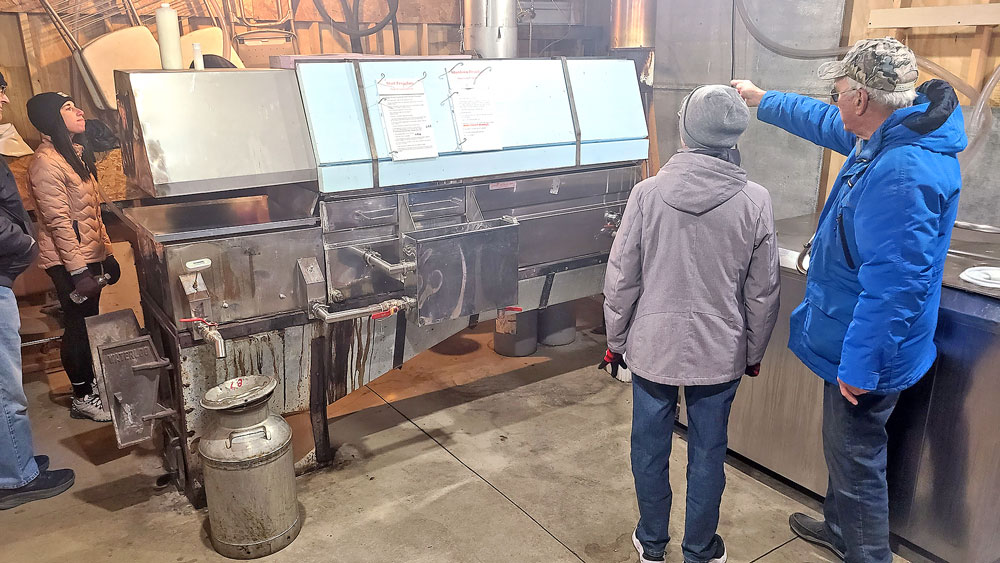Presidential transition process needs reform
By Steve Corbin, Commentary
One of the hallmarks of American democracy that has people in other countries perplexed is how we go about the transfer of power from one president to another?
To outsiders, USA’s presidential transition process “appears” peaceful. Behind the scenes, it is chaos.
Imagine being elected USA’s president and it’s revealed you have 134 days until inauguration to select 4,000 people to help run the government. That means 30 people must be hired per day for 134 straight days.
The transition between administrations is often rushed. A lack of thorough preparation, as we are currently experiencing with president-elect Trump, places the nation in jeopardy in the event of a major domestic or global crisis and greatly impedes public policy implementation.
A second dose of reality for the president-elect is 1,100 of the 4,000 new hires require Senate confirmation. A quick fact check reveals during a president’s first year in office, less than 30 percent of the top appointees have been filled by the August congressional recess.
On a related note, should we notice a slow approval of Trump’s Cabinet nominees by the Senate it is because Mr. Trump hasn’t followed the recommended vetting timeline protocol of the FBI and Office of Government Ethics. The onus of guilt falls on Trump’s watch, not Congress.
The confirmation process is also a mess because Congress only works 113 days a year, compared to the average worker’s 240 days a year. By Congress working only 47 percent of the time, no wonder little is accomplished.
To borrow a phrase from the movie Apollo 13: “Houston, we have a problem.”
Four events should have taught us the presidential transition process needs significant reform:
- On 9/11, eight months after George W. Bush took office in January of 2001, the Bush administration still didn’t have a full national security team in place.
- In the middle of fighting wars in Iraq and Afghanistan, there was NO Secretary of the Army.
- More than a year after the 2007-2008 financial crisis, the Treasury Department still didn’t have an assistant secretary for financial markets.
- Less than 100 of the 1,100 positions requiring Senate confirmation are core crucial to operating the government.
In 2012, Congress eliminated Senate confirmation for 163 politically appointed positions. However, Congress didn’t go far enough. Why non-policy making jobs require Senate confirmation is beyond me.
The George W. Bush to Barack Obama information-sharing transition process was a disaster. That’s why in March 2016 Congress passed a law to ensure greater cooperation between the outgoing and incoming administration.
If it takes the Senate eight months to get just 30 percent of the appointees confirmed, we need to elect responsible Senators and hold them accountable to do three things: 1) work at least four days a week instead of two and vow to double their productivity, 2) resolve the confirmation backlog problem and 3) reduce the number of appointees requiring confirmation from 1,100 down to the 100 core positions.
Communicate with Sen. Charles Grassley (202-224-3744) and Sen. Joni Ernst (202-224-3254) and request they resolve this issue by the summer of 2020. A four-year advance notice should give Senators Grassley and Ernst plenty of time to act on behalf of the 46th president who will take office in January of 2021.
Steve Corbin of Cedar Falls is a guest columnist contributor to 59 newspapers in Iowa, Minnesota, Nebraska, Wisconsin, Kansas, Missouri and California.
— 20170110 —









Social Share